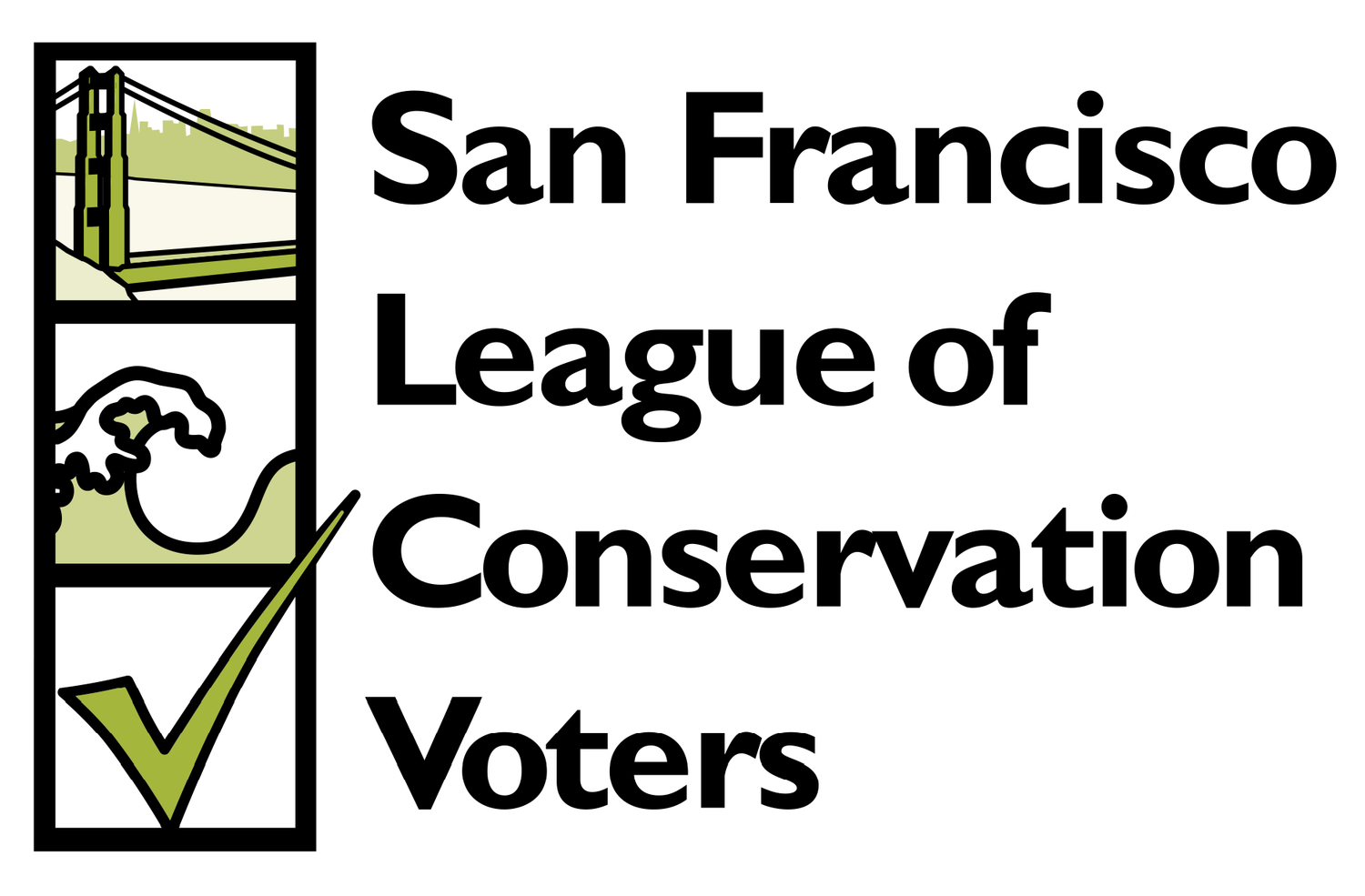November 2022: Vote Yes on Prop M to Tax SF’s Vacant Housing
/Prop M—dubbed the Empty Homes Tax—would tax residential buildings of three or more units if the building has vacant units for more than 182 days (6 months) per year. Under Prop M, starting in 2024, residential building owners would be taxed $2,500-$5,000 per vacancy; the specific tax amount depends on the size of each unit. The larger the vacant unit, the higher the tax. The tax increases with each year units are kept vacant. By 2026, for continuously vacant housing, building owners would pay $10,000-$20,000 per unit, the specific amount again depending on the size of the empty unit.
San Francisco League of Conservation Voters endorses a “Yes” vote on the Empty Homes Tax for three reasons.
The tax is designed to discourage owners of large, multi-unit buildings from leaving units vacant by choice. A January 2022 Budget and Legislative Analyst report estimates that this tax could make between 4,500 and 8,500 vacant units available over the next two years—homes the City desperately needs.
Given the two-year timeframe, these homes should be available relatively quickly. This offers a critical near-term solution as the City works to build additional housing for the longer-term.
Because some building owners will opt to pay the tax rather than fill the unit, the tax is expected to raise between $12 million to $38 million annually. (A similar tax in Vancouver generated $21.3 million US dollars in 2019.) The City will use this new revenue to acquire more affordable housing and provide rental subsidies for low-income families and seniors.
Prop M is not without its limitations, however. The tax will not apply to residential buildings of 1-2 units. At least one analysis of the 2020 census data showed that about 40% of long-term vacancies were in these smaller buildings. An inventory of vacant units that will inform exactly how the tax will be collected is still in development. It’s unknown how many of the units that will come onto the market because of the tax will be affordable or in rent controlled buildings. Indeed, Prop M itself says that the main targets of the tax are vacancies in new, large-scale buildings in the South of Market, downtown, and Mission neighborhoods. In other words, non-rent controlled buildings.
Even with these limitations, taxing empty homes will be an important housing tool in San Francisco’s tool belt. At a time when the City is struggling to build either market-rate or affordable housing, it’s good policy to use every possible tool available to us. Vote yes on Prop M!


